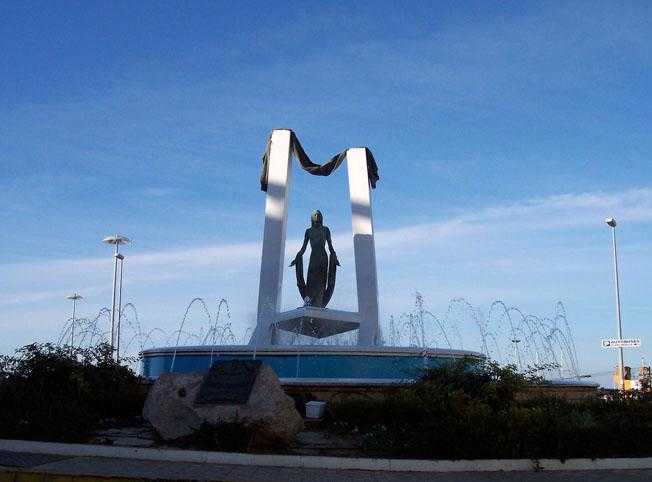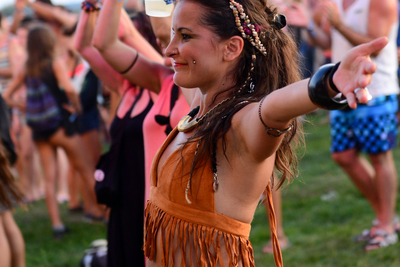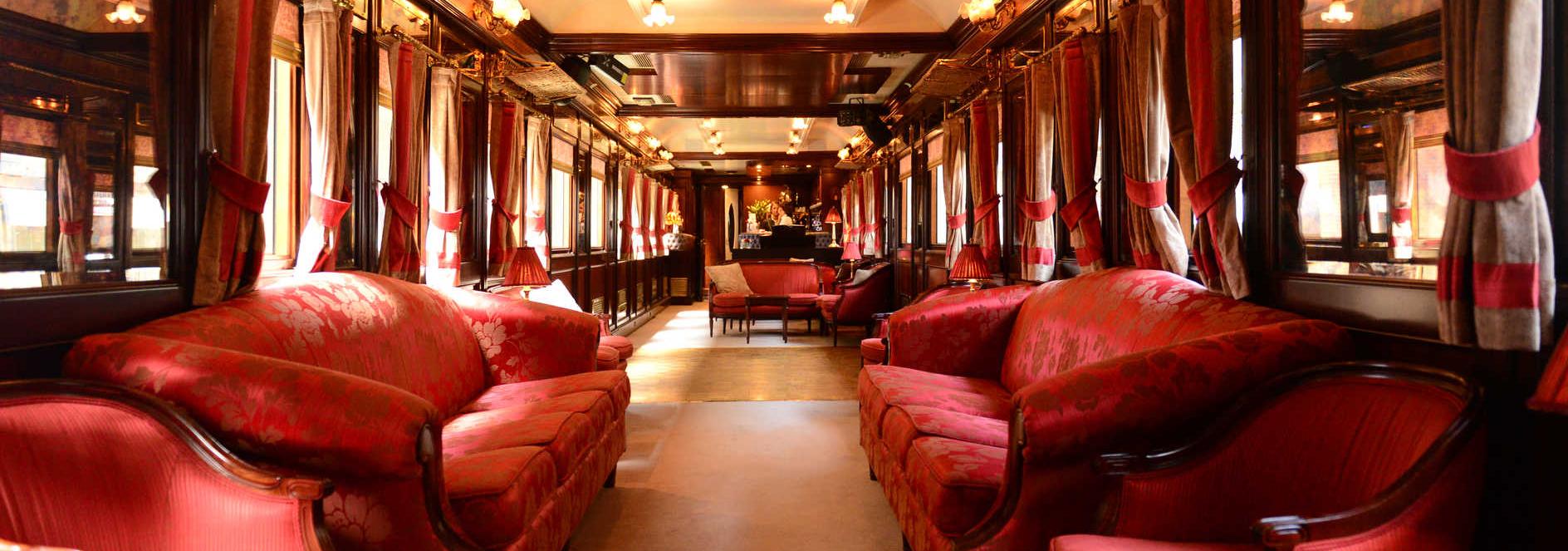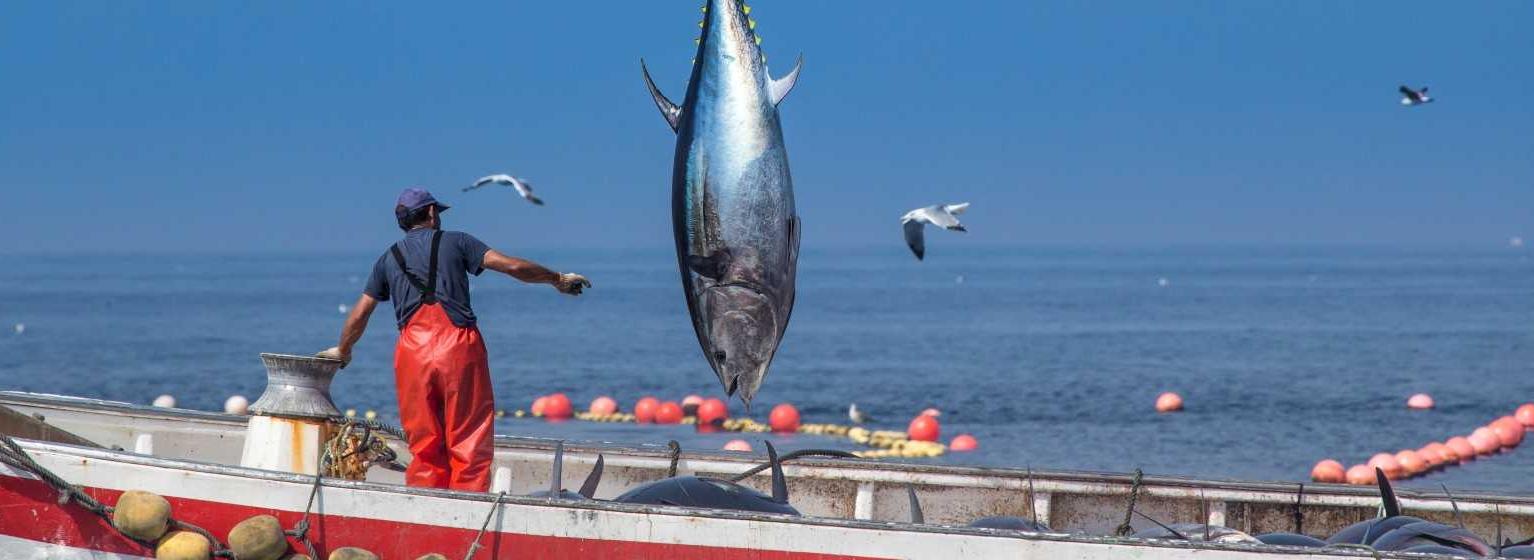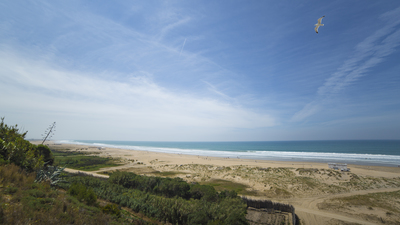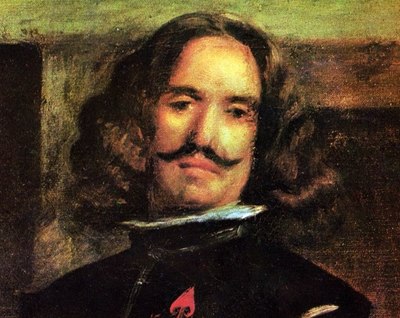Rocío Jurado "the greatest", ambassador of Chipiona
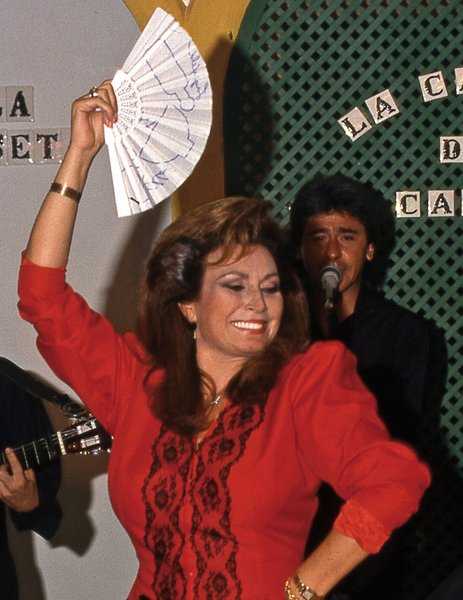
Considered the "Best Female Voice of the 20th century” in the year 2000 by the City of New York, with her supernatural strength and power, she was able to sing any type of song fabulously.
Rocío Jurado (Chipiona, Cadiz, 1946–Madrid, 2006)
The voice of Spanish Copla
Singer, María del Rocío Trinidad Mohedano Jurado, considered by the critics as "the greatest” both in flamenco and the Copla or Spanish singing. She had a humble but happy childhood in the fishing village of Chipiona. An artist of renowned prestige, she was the muse of the Transition Period and poets such as Alberti, Antonio Gala and Juan José Téllez composed poems for her. She was, above all, an approachable performer, of the ordinary people, especially in her Cadiz and Chipiona, where she always returned and where there is a museum to her professional life, until cancer got the better of her in 2006. We offer you the chance to come to the Bay of Cadiz and experience her life.
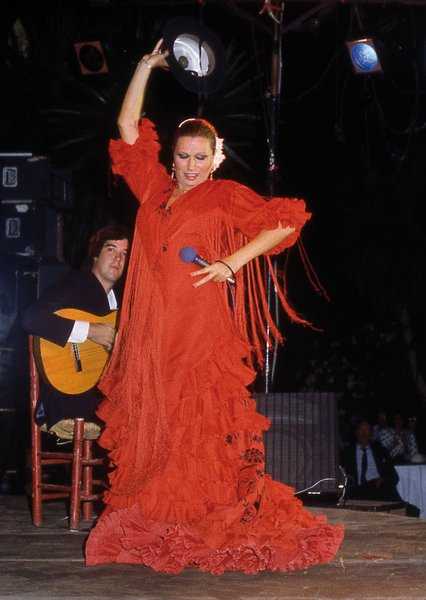
Chipiona, overlooking the sea
Young Rocío had a happy childhood, without luxuries, overlooking the waters of the Bay of Cadiz. Born at no. 115 Calle Larga in Chipiona and baptised in the Parish Church of Nuestra Señora de O. Both her grandmother, and her father —a shoemaker— sang flamenco very well, and her mother was outstanding at the Spanish Copla. The first time she went on stage was at the Divina Pastora School, when she was very young, and her powerful voice led her to take part in numerous singing competitions on radio stations. In 1958, she won the Radio Sevilla prize and got 200 pesetas, a soft drink and a pair of tights.
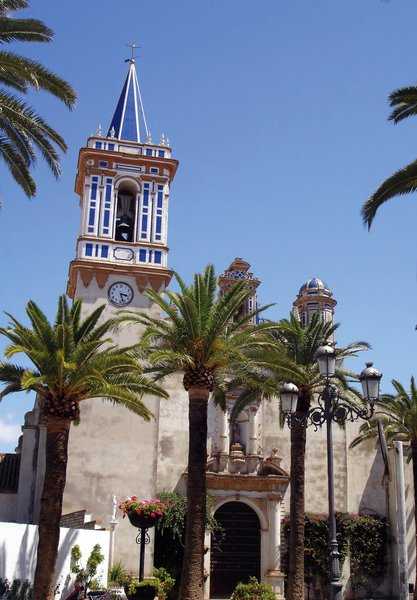
Like a wave
Her career began in Jerez, Seville and Madrid. She changed her flamenco dress with its polka dots and flounces for an evening gown. Her memories already contained evenings on the white sand beaches of La Regla, Cruz del Mar, La Ballena, and excursions to the pine forests of Peritanda, Tambora and Los Majadales, where chameleons have a life of their own.
Chipiona has its origins in Roman times and was the place of choice for Andalusian nobility as a holiday destination at the end of the 19th century. On the Las Canteras Beach, Rocío filmed the video for the song Me ha dicho la luna and, on the Camarón beach, scenes were filmed for the film La Lola se va a los puertos.
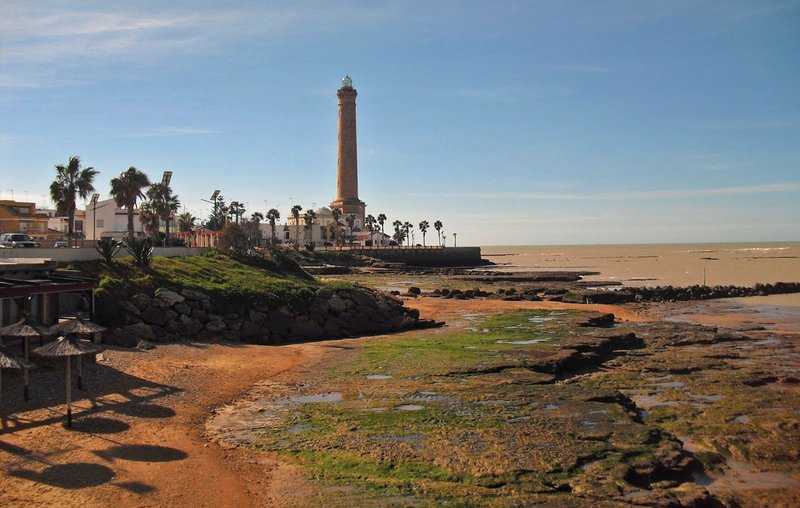
Virgen de Regla
She fell in love with a boxer, Pedro Carrasco, and they were married in the Shrine of the Virgen de Regla, the patron saint of the town and the virgin she was especially devoted to. In the Plaza del Santuario, in front of 7000 people, Rocío Jurado gave a tremendous performance for her town accompanied by the Malaga Philharmonic Orchestra with Enrique de Melchor on the guitar. From her house in Avenida de Regla, every 8 September, along with her family, she would watch the procession of the Virgen de Regla.

A lighthouse
Rocío Jurado, besides the Shrine of the Virgen de Regla, always takes the memory of the lighthouse of Chipiona with her; it was built in 1867, is the highest in Spain, third-highest in Europe and fifth in the world. In 140 BC, the Romans had already built a lighthouse to guide ships heading towards the Guadalquivir. To go up to the light —which Rocío Jurado did on several occasions— you have to climb 344 steps. From the top, its signal reaches over 25 nautical miles. There are places that are very connected to the singer's life such as the Plaza Juan Carlos I, the Parish Church of Nuestra Señora de la O and the Shrine to the Cristo de las Misericordias. She was awarded the Medal for Touristic Merit and she recorded the television gala Aires de España here.
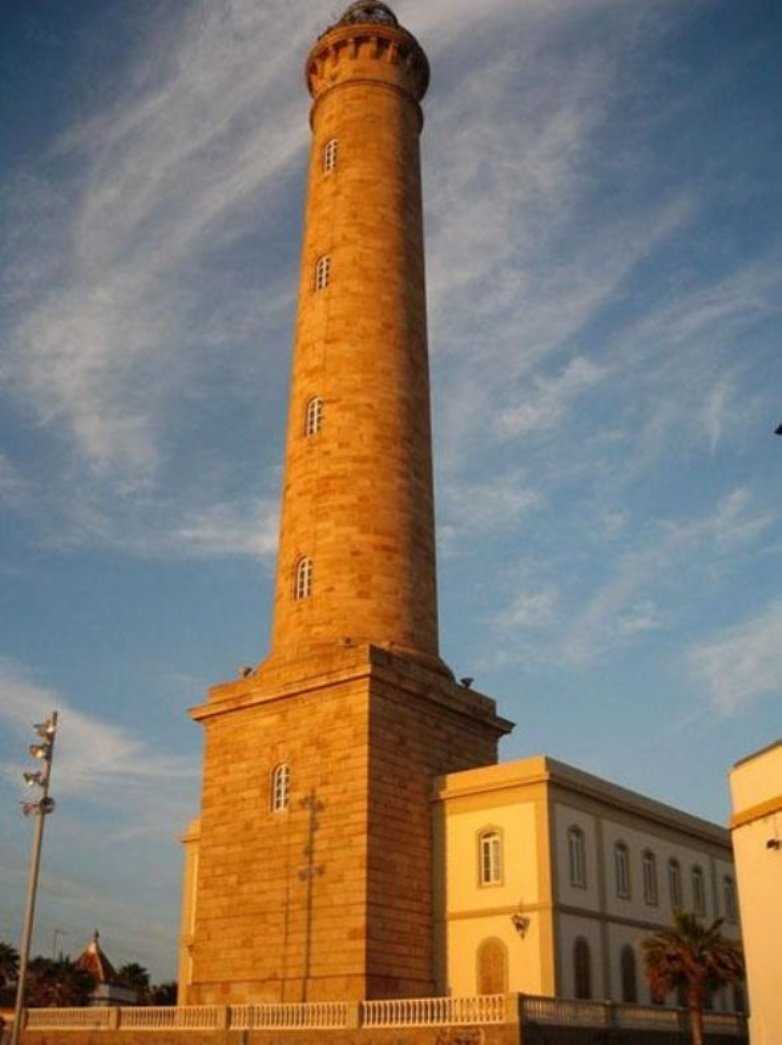
Stop and rest
When she needed to release tension or anguish, Rocío Jurado retreated to Chipiona and its people. A pause to rest with long walks along the Las Canteras and Camarón beaches. The area around Chipiona entices you to take routes to discover one of the most attractive places in Cadiz. The marshes, the port, the lighthouse, the pine forests and excursions to Rota and Sanlúcar de Barrameda.

To regain strength
Chipiona offers delicious gastronomy, either in the form of tapas or more substantial dishes, combining land and sea. Seafood "berza" (chickpea stew), potato and squid casserole, shark with tomato or "en amarillo", and Iberian pork with moscatel wine from Chipiona, for example. Don't forget Chipiona potatoes and tomatoes like they used to be, with a tomato taste.
Dunes, "corrales" and chameleons
Chipiona is an outstanding natural setting due to its location just a few kilometres from Doñana National Park, from the mouth of the Guadalquivir River and because it is bathed by the Atlantic. On the coast, from the beach of Camarón, there is an interesting chain of dunes, the perfect habitat for numerous species of reptiles. Highlights include the common chameleon, a native species that can be discovered in depth thanks to the interpretation centre right on the Camarón beach.
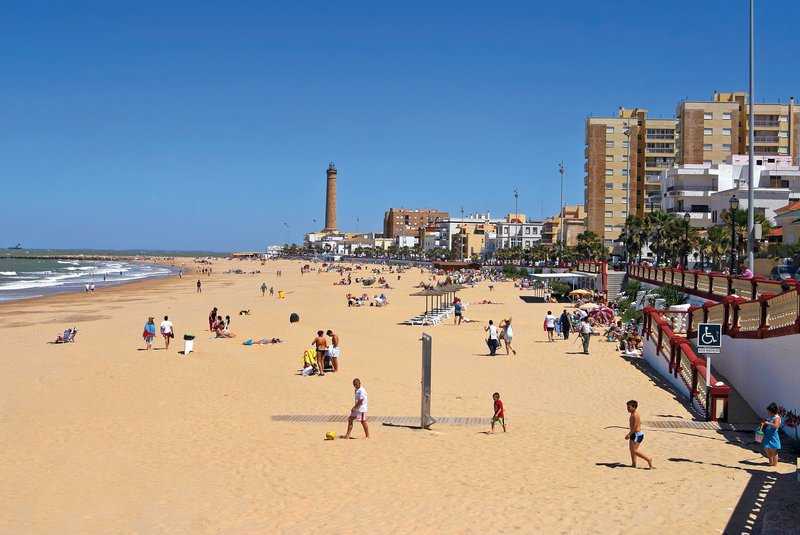
A visit to the "corrales" is a must; these are enclosures made from stones in the lagoons that the tides form on some beaches. These giant traps work with the ebb and flow of the tide and are an ancient form of fishing attributed to the Romans.
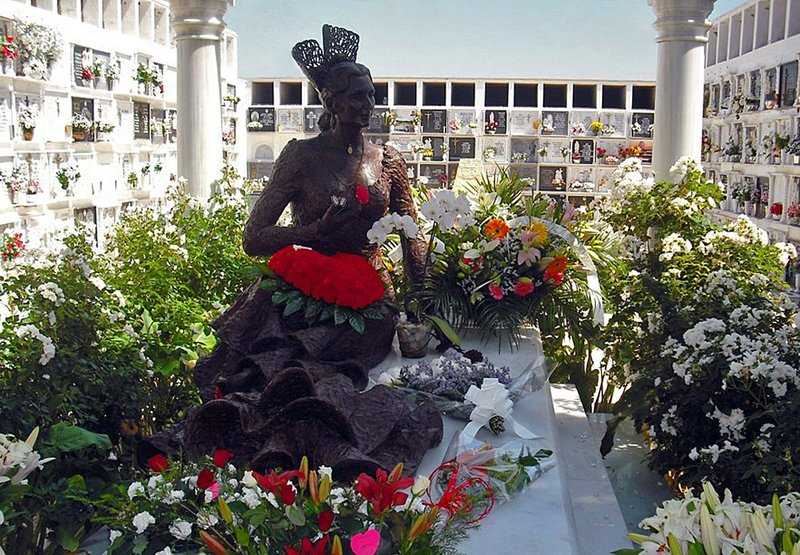
Walk 1: Rocío Jurado Mausoleum - Avenida Rocío Jurado and Monument by Juan de Ávalos.
Walk 2: El Barrio/Calle Larga - Plaza Juan Carlos - Parish Church of Nuestra Señora de la O - Shrine to the Cristo de las Misericordias.
Walk 3: Bar Tani (Calle Isaac Peral) - Shrine to the Virgen de Regla - Avenida de la Regla and the villa Mi abuela Rocío.
Walk 4: Las Canteras beach - Camarón beach - Chipiona Lighthouse.

